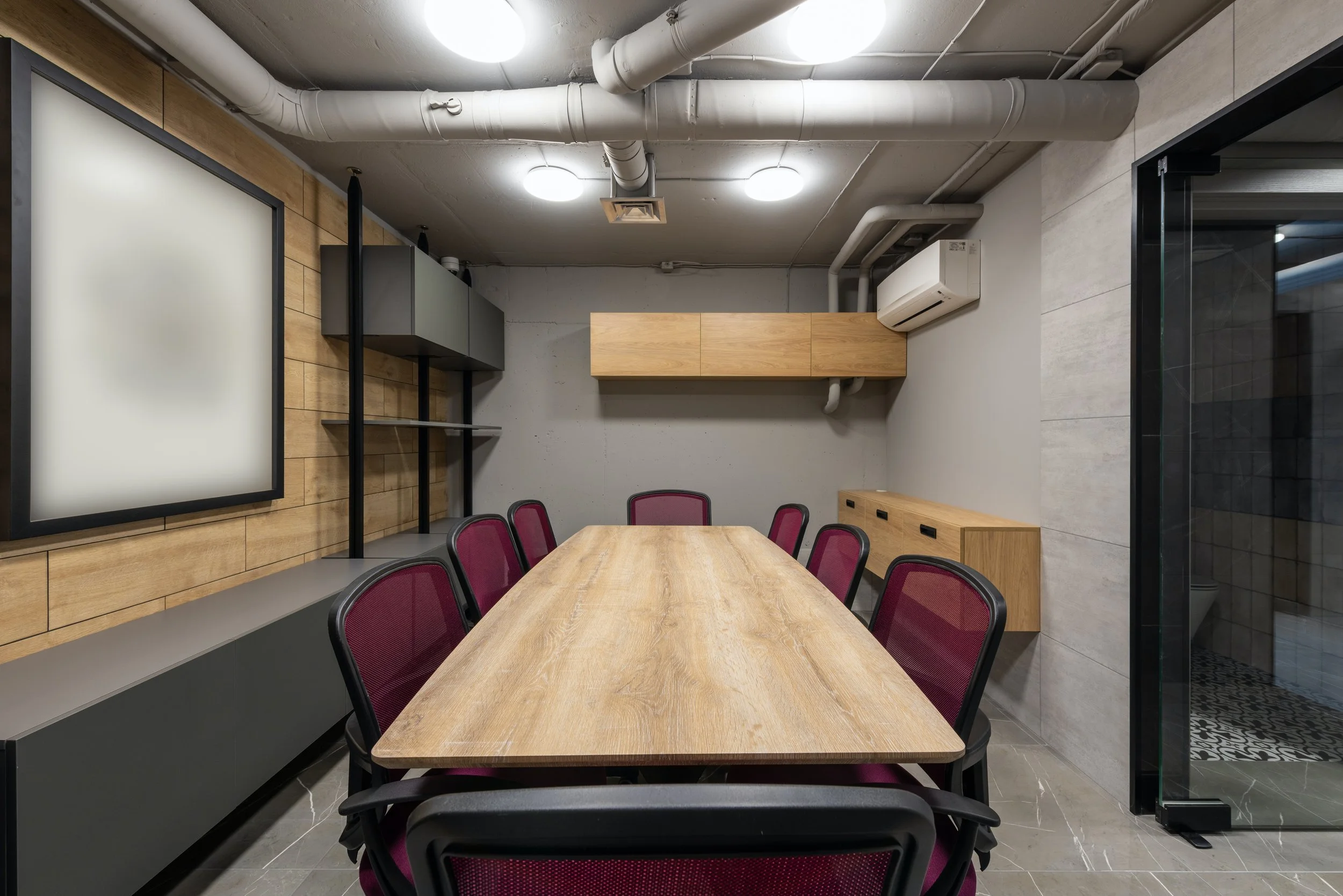4 Tips on Designing The Perfect Ergonomic Office Space
When you think about an ergonomic office, what comes to mind? Chances are, you're picturing a space that is comfortable and functional. However, a well-designed ergonomic office can help improve productivity and reduce the risk of injury. This blog post will discuss four tips for designing the perfect ergonomic office space!
Establish a transparent workflow.
Establishing a transparent workflow is the first step in designing an ergonomic office space. This means creating a layout that allows for easy movement between tasks. For example, you might want to place your printer near your desk so that you can easily print documents. Alternatively, you might want to keep your printer in a separate room to minimize distractions.
Another aspect of establishing a clear workflow is identifying which tasks can be completed seated and which require standing. For example, if you often need to reference documents while you're working, it might be helpful to have a standing desk. This way, you can alternate between sitting and standing throughout the day.
Invest in ergonomic furniture.
Once you have a clear idea of your workflow, it's time to invest in ergonomic furniture. This includes items such as adjustable desks, chairs, and keyboard trays. Ergonomic furniture like this Office Chair is designed to support your body in a comfortable position. For example, an adjustable desk can be raised or lowered to accommodate your height. A chair with good lumbar support can help reduce back pain. And a keyboard tray can help keep your wrists in a neutral position to prevent carpal tunnel syndrome.
When shopping for ergonomic furniture, it's essential to consider your budget. You don't need to break the bank to create an ergonomic office space; however, investing in high-quality furniture will pay off in the long run.
Use ergonomic accessories.
In addition to ergonomic furniture, several ergonomic accessories can help create a more comfortable workspace. For example, an anti-glare screen can reduce eye strain. A footrest can help improve circulation. And noise-canceling headphones can help you focus on your work.
When selecting ergonomic accessories, it's essential to consider your needs and preferences. For example, an anti-glare screen might not be necessary if you have a vision impairment. Alternatively, noise-canceling headphones might be essential for concentration if you work in an open office space.
The bottom line is that there is no one-size-fits-all solution regarding ergonomics. It's essential to consider your individual needs and preferences when selecting furniture and accessories for your office space.
Take breaks.
Even if you have the perfect ergonomic setup, it's important to take breaks throughout the day. Standing for long periods of time can lead to fatigue, and sitting for extended periods can cause stiffness and pain. To avoid these problems, take a break every 20 minutes or so. For example, get up and stretch your legs or go for a short walk around the block. Taking frequent breaks will help you stay energized and focused throughout the day.
Ergonomic office space can help improve productivity and reduce the risk of injury. Following these four tips, you can create a comfortable and functional workspace that meets your needs.











